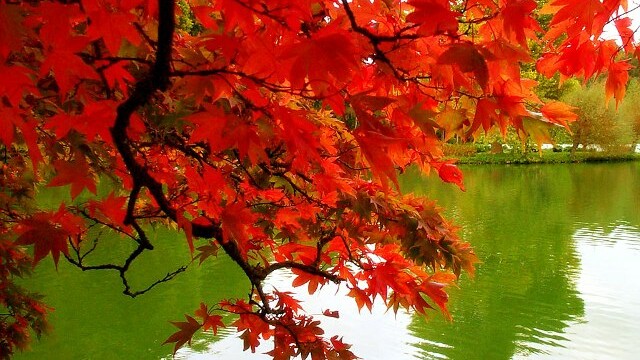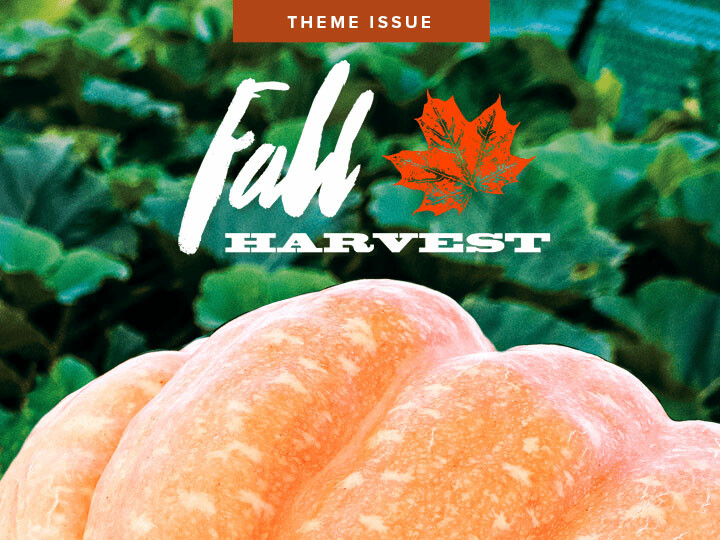Fall Colors 101
how those leaf things change colors

Most of us vaguely remember hearing the word “photosynthesis” at some point in school. But for those who pulled a Ferris Bueller and played hooky that day, let’s take a quick refresher course, so we can understand what’s really going on every fall when they all decide to shed their green coats for a vast array of different colors.
The roots of a plant transport water from the ground up into the stem and leaves. Leaves take in carbon dioxide from our air and soak up the suns’ rays. Plants use the sun’s energy to convert water and carbon dioxide into oxygen and glucose. Glucose is a sugar that plants use as their food, while the oxygen is returned to our air so us humans can breathe deeply as we drive our air-polluting cars to the nearest McDonald’s to get a bite of “food” for ourselves. During all this conversion time, a chemical reaction causes the production of chlorophyll which gives leaves their green color.
There. You’ve just passed high school biology again. Wasn’t it more fun the second time? I hope you can tell where I’m going with this.
The process of photosynthesis works like a charm throughout spring and summer. But as we all know, all good things must come to an end. We try to squeeze every last drip of summer out like juice from a freeze pop, but alas, our summer days grow shorter. The sun comes up later and goes down earlier as Eau Claire and the rest of our northern hemisphere is tilted more and more away from the sun, and – surprise! – the leaves change colors.
Have you connected the pieces of the puzzle? If our days are shorter, that means less time for our leaf friends to absorb sunlight, which they so desperately need to continue photosynthesis. With less happening, less chlorophyll will be made and, in turn, leaves will be less green. Without the abundant amounts of chlorophyll present, the leaves’ cartenoids get to show their yellow, orange, and brown pigments. In leaf cells there are also anthocyanins, which make leaves appear more red.
Fall leaves in all their brilliant color make it easier for kids to face another daunting school year as long as they can hold onto the hope of jumping into a pile of those crunchy leaves as soon as that last bell rings. They make an ordinary drive home a spectacle complete with ooh’s and aah’s at each passing tree shimmering with its multitude of vibrant colors. Hopefully this gooey, warm feeling of anticipation as the seasons change will stay with us long enough that we won’t turn into the curmudgeon grumbling about the leaves falling from the neighbor’s tree onto our fresh-raked lawns.
Colorful Trees To Make You “Ooh” and “Ahh”
Aspens: yellow
Red Maple: bright red
Sugar Maple: orange-red
Black Maple: yellow
Yellow Poplars: light golden yellow
Sassafras: deep red wine
American Beech: golden bronze
Oaks: red, brown, russet
Dogwood: purplish red
Hickories: yellow


